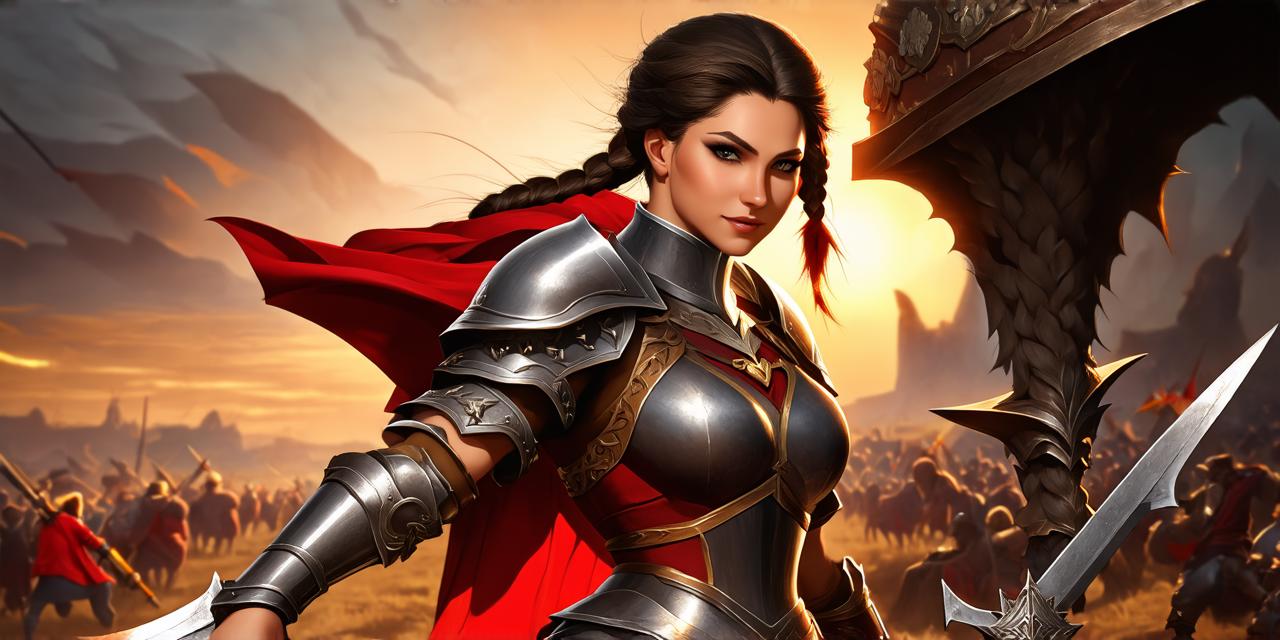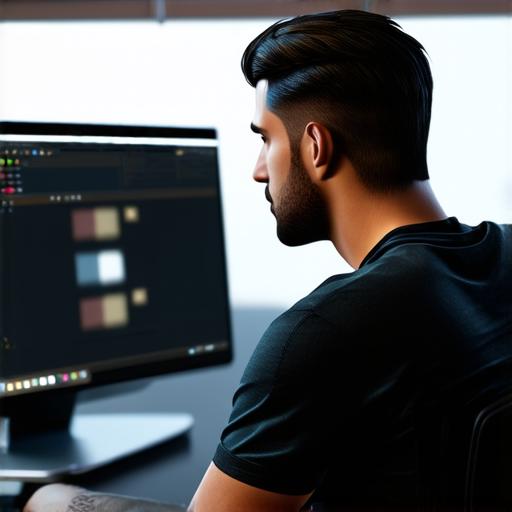
Step 1: Choose Your Character’s Appearance
The first step in creating a character is to choose its appearance. This includes selecting a body type, facial features, clothing, and accessories. Unity provides a wide range of tools and assets that can help you create the perfect character for your project.
Body Types:
Unity has several built-in body types, including humanoid, animal, and custom shapes. You can also import your own custom 3D models or use third-party assets to create unique characters.
Facial Features:
Once you have chosen a body type, you can add facial features such as eyes, nose, mouth, and eyebrows. Unity has a range of pre-made facial expressions that you can apply to your character, or you can create your own custom expressions using animation tools.
Clothing and Accessories:
To give your character a more realistic look, you can add clothing and accessories such as hats, belts, and shoes. Unity has a range of pre-made assets that you can use, or you can import your own custom 3D models.
Step 2: Create the Skeleton
The next step in creating a character is to create its skeleton. The skeleton is the underlying structure of the character and determines how it will move and interact with the environment. Unity provides several tools for creating skeletons, including the Humanoid layer and the Animation window.
Humanoid Layer:
The Humanoid layer is a pre-made tool that allows you to create humanoid characters quickly and easily. You can use this layer to create basic movements such as walking, running, and jumping.
Animation Window:
The Animation window allows you to create custom animations for your character. You can use this window to create complex movements such as waving, dancing, or flying.
Step 3: Add Textures and Materials
Once you have created the skeleton of your character, it’s time to add textures and materials to give it a more realistic look. Textures are images that are applied to the surface of your character, such as skin, hair, or clothing. Materials are used to control how light interacts with your character’s surface, giving it a more lifelike appearance.
Unity Tools:
Unity provides several tools for adding textures and materials to your character, including the Inspector window and the Texture 2D asset. You can also use third-party plugins such as Substance Painter to create custom textures and materials.
Step 4: Add Animation
Animation is an essential part of bringing a character to life. Unity provides several tools for adding animation to your character, including the Humanoid layer and the Animation window.
Humanoid Layer:
The Humanoid layer allows you to create basic animations such as walking, running, and jumping. You can also use this layer to create more complex animations such as waving or dancing.
Animation Window:
The Animation window allows you to create custom animations for your character. You can use this window to create animations that are unique to your character, such as flying or casting spells.

Step 5: Optimize Your Character for Performance
Creating a realistic and detailed character can be resource-intensive, and it’s important to optimize your character for performance to ensure smooth gameplay. Here are some tips for optimizing your character for performance:
Keep Polygons Low:
High-poly characters can cause performance issues, especially on lower-end systems. Keep the number of polygons in your character as low as possible while still maintaining a realistic look.
Use LODs:
LODs (Level of Detail) allow you to create different versions of your character for different distances and viewpoints. This can help reduce the number of polygons and textures that need to be loaded, improving performance.
Reduce Texture Resolution:
High-resolution textures can also cause performance issues. Reduce the resolution of your textures to improve loading times and frame rates.

